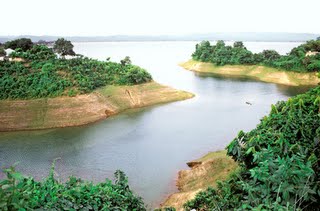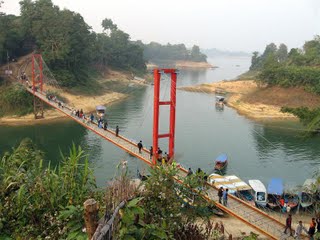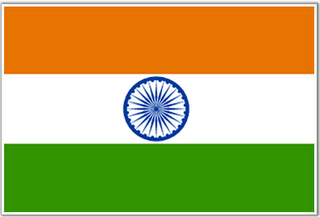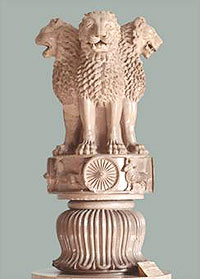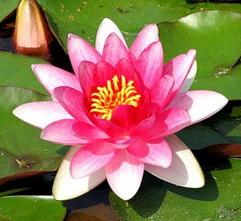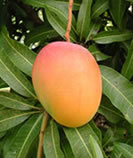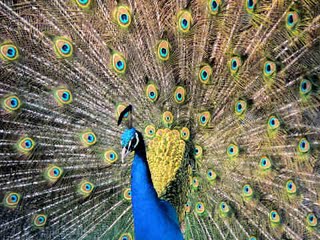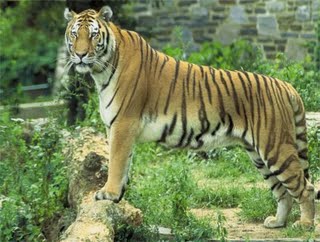They set stone flowers in the marble.
That by their color, if not their perfume, surpasses real flowers.
---Abu Talib Kalim
If a visit to India is a crown, missing the Taj is as good as missing the crown's finest jewel!
The Taj Mahal is the culmination of architectural achievements of India under the Mughal rule. Arguably the finest piece of architecture in the medieval world, the Taj Mahal is a mausoleum built by the Mughal emperor Shah Jahan over the tomb of his beloved wife Mumtaz Mahal. Starting from 1632 it took about 20 years to take shape, in the hands of 20,000 of the known world's finest craftsmen.
The Mughal sovereign had several wives, but Mumtaz Mahal was his favorite and most beloved. His companion and confidant on royal matters, she died while giving birth to a daughter. The bereaved emperor wanted to commemorate their love in the form of a stone architecture that will have no parallel in the whole world. He summoned the best brains from far reaches of his expansive empire and beyond to create the incomparable marvel. The Mughal period had seen the creation of brilliant architectural wonders, the Agra Fort, The Red Fort, The Fatehpur Sikri, to name just a few, but nothing compares to the sublime beauty of the
Taj Mahal. Created out of the very best quality marble, the pristine white monument when seen against the backdrop of the moonlit sky seems like dream.
The
Taj Mahal was declared a World Heritage Site by UNESCO in 1983 and named among the new Seven Wonders of the World. The masterpiece attracts close to 30 million visitors annually of which more than 200,000 tourists from abroad. One visit to the monument and the experience haunts you for the rest of your life.
The Taj Mahal is in the city of Agra located just 200 km from Delhi, the capital of
India. Situated on the west bank of River Yamuna, Agra was once the flourishing capital of the Muslim rulers of India.
If you are looking for a one point destination for tourism guidance and great deals for a visit to the Taj Mahal, click on www.t2india.com. T2India offers a classic blend of modernity with the famed Indian hospitality. We are partners with the most luxurious hotel chains in India; we offer tour packages, the most experienced guides and all this at an astonishing price.
Visit
www.t2india.com and plan the sojourn of your lifetime.
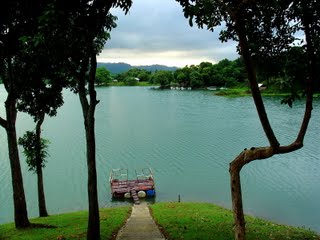 As everyone knows Rangamati is the most scenic spot to visit in Bangladesh. Rangamati is popularly known as Lake City. It is surrounded by alluring forests, hills and many attractive attractions. This is the best spot for Eco-tourism. Rangamati is situated 77km from Chittagong. It is connected by stream from Kaptai. This is the place where you can visit any time. The most amazing time to visit this place is rainy season. During this time when waterfalls, rivers were in full boom with its amazing scenery, lovely lakes, its immense flora and fauna makes Rangamati one of the favorite tourist spot in Bangladesh. The flora and fauna of Rangamati were spreading along a large area with varied types of plantation. Rangamati is the place where you could spend your time with family and beloved ones while viewing the natural beauty. There are so many attractions like Hanging Bridge, Kaptai Lake, Tribal Cultural Museum, a different variety of tribal’s, lakes, textile products, etc. You can spend time here while fishing, boating also.
As everyone knows Rangamati is the most scenic spot to visit in Bangladesh. Rangamati is popularly known as Lake City. It is surrounded by alluring forests, hills and many attractive attractions. This is the best spot for Eco-tourism. Rangamati is situated 77km from Chittagong. It is connected by stream from Kaptai. This is the place where you can visit any time. The most amazing time to visit this place is rainy season. During this time when waterfalls, rivers were in full boom with its amazing scenery, lovely lakes, its immense flora and fauna makes Rangamati one of the favorite tourist spot in Bangladesh. The flora and fauna of Rangamati were spreading along a large area with varied types of plantation. Rangamati is the place where you could spend your time with family and beloved ones while viewing the natural beauty. There are so many attractions like Hanging Bridge, Kaptai Lake, Tribal Cultural Museum, a different variety of tribal’s, lakes, textile products, etc. You can spend time here while fishing, boating also.